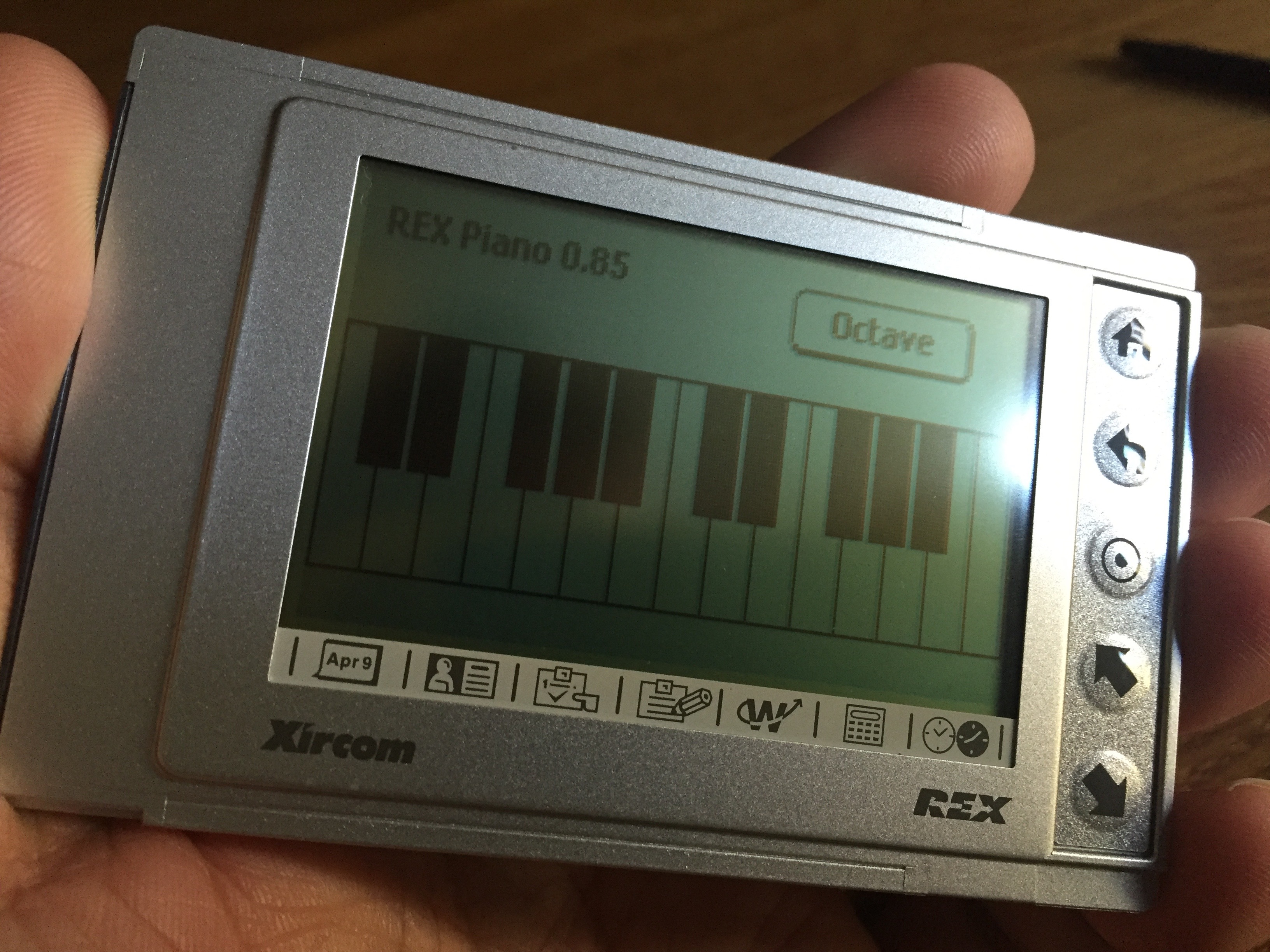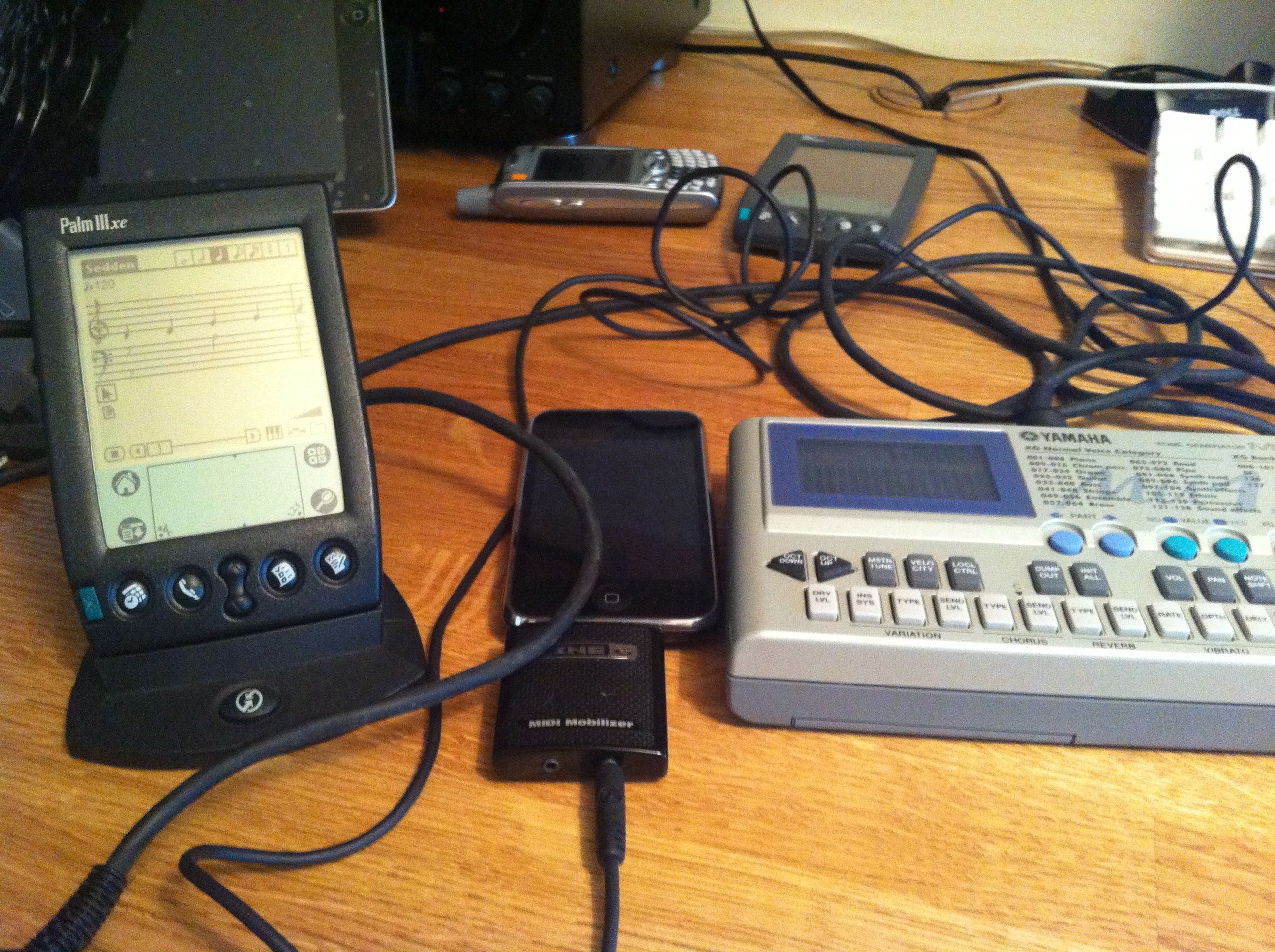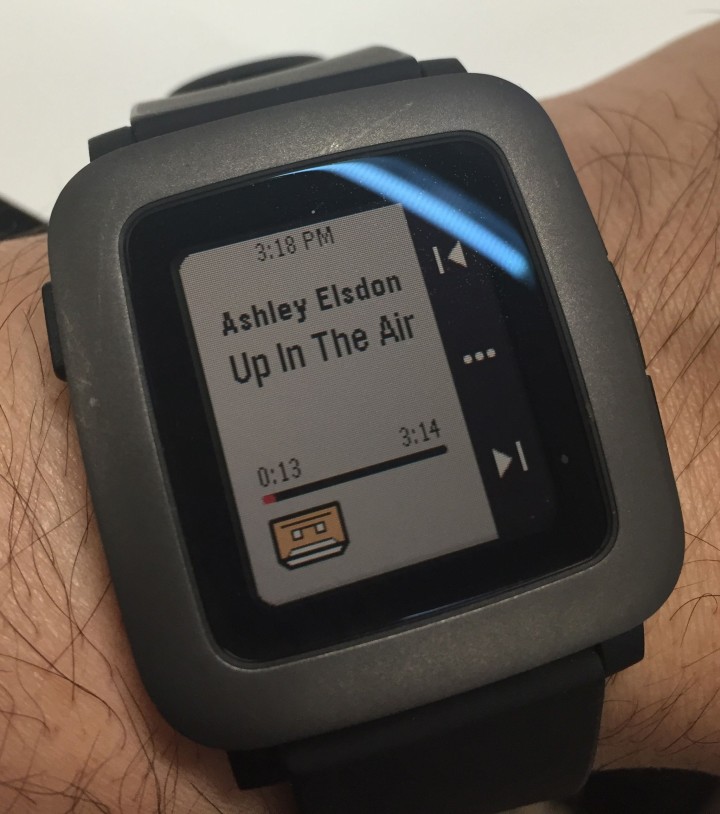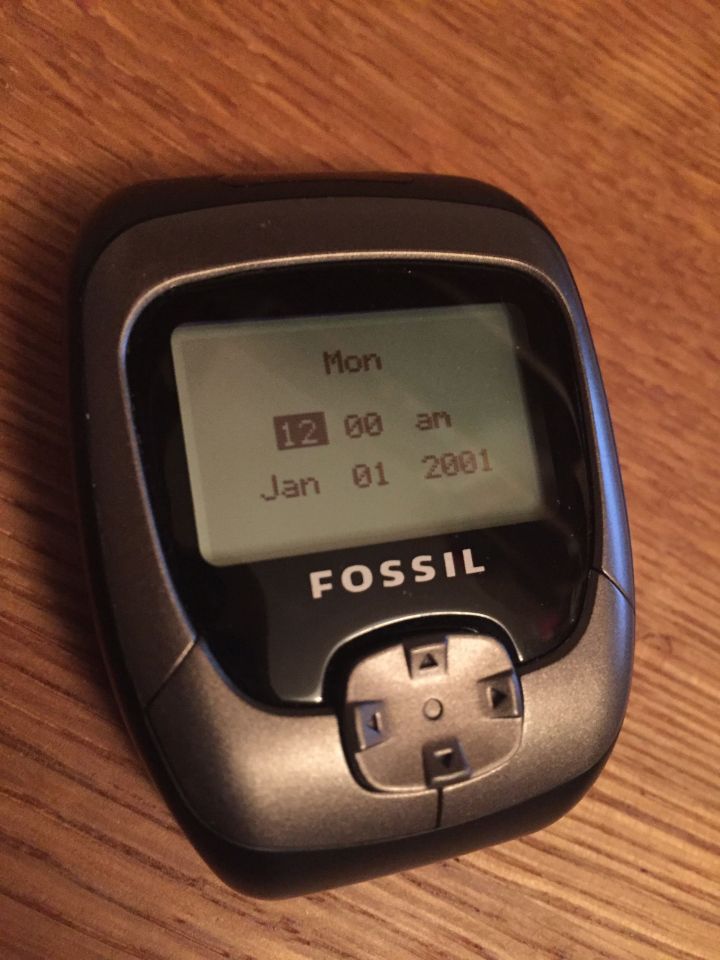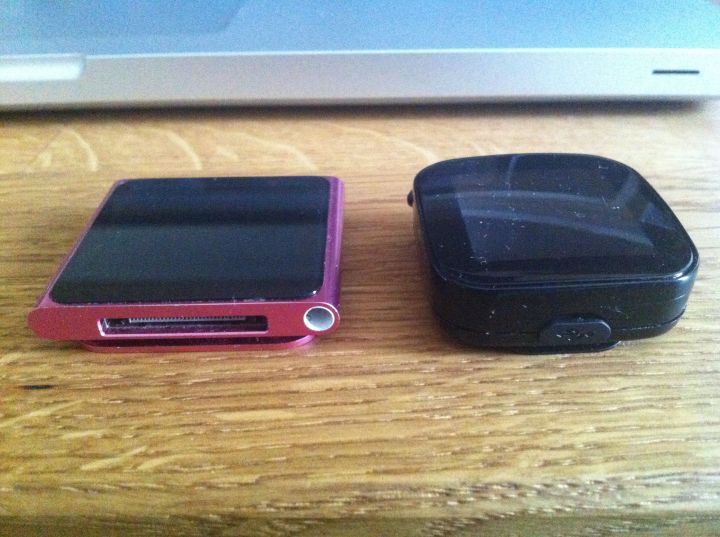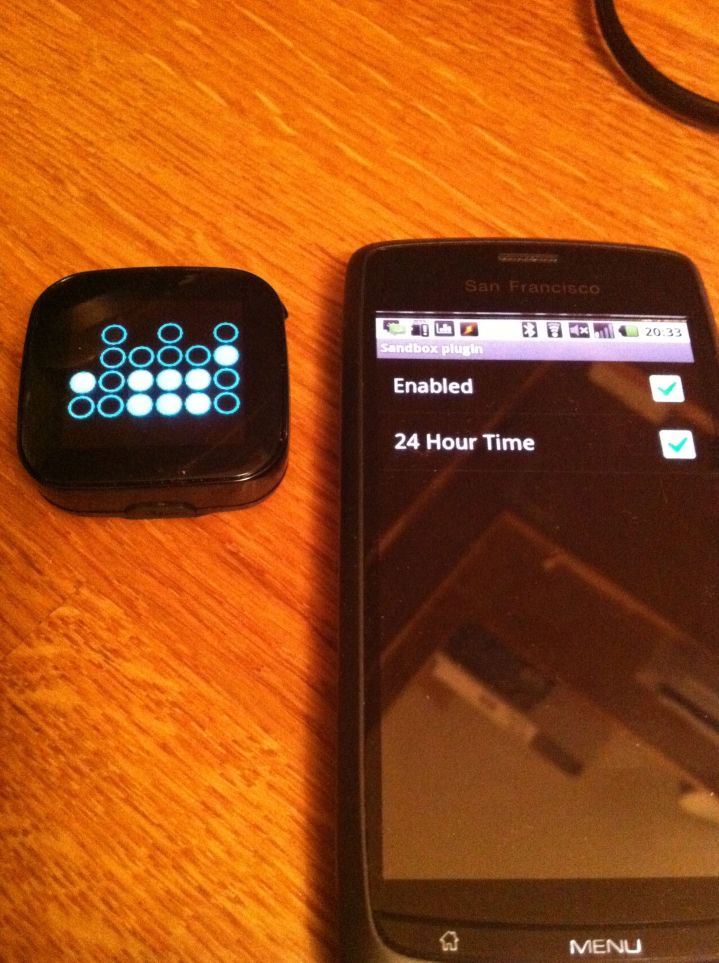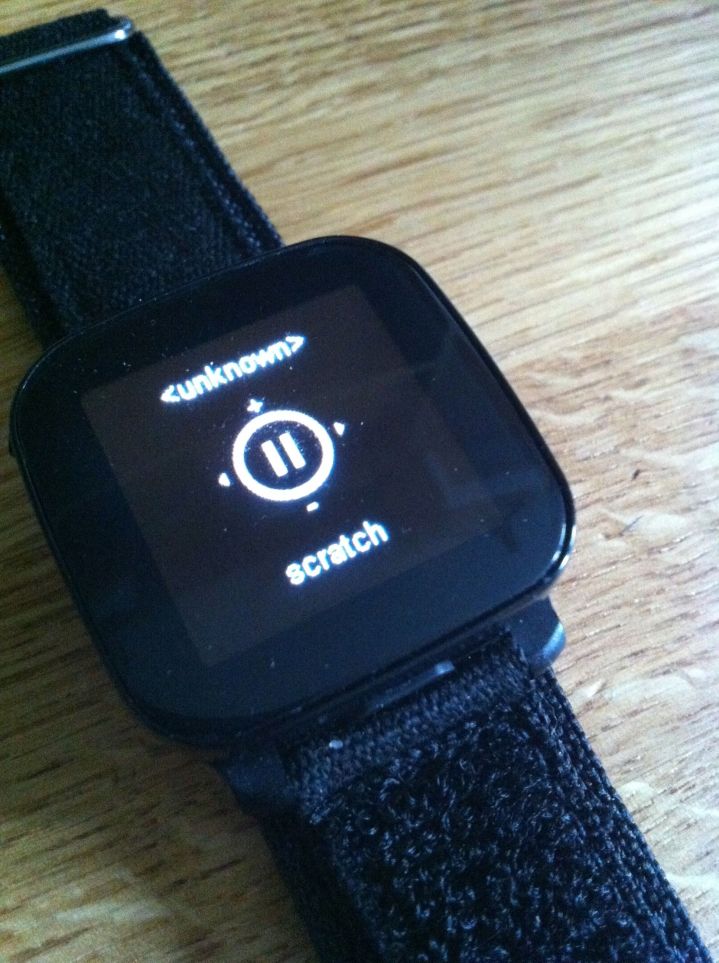I backed this even though I really try not to back tech stuff these days. It always feels like I end up with a device that I really don’t need and then eventually sell it. However, this was reasonably priced and just such a cool idea. Plus, I had been thinking about devices that sit alongside your keys. This certainly fits that description.

Over the last few years I have pulled back from backing things on Kickstarter, at least backing technology projects. This is in no small part due to the experience of backing blocks smart watch, which failed to deliver anything at all, but also as I backed too many projects where I subsequently never used the final product.
However, I couldn’t resist Thumby. It is so cool that I have made an exception. I do expect that I will struggle to be able to use it. Especially with a screen of that size and eyesight that is less than great these days. But maybe it will be fun, and maybe, just maybe, it might even be useful. Although I am not holding my breath on that.
The device itself can be programmed using the arduino IDE, which is cool, and, whilst I am nothing like a good programmer, I am at least familiar with it. I doubt that I will write much original code for it, but I might amend something that others have written to make it suit my needs. Maybe.
According to Kickstarter it is due to be shipped later this month. When it arrives I’ll post something about it with some pictures I expect.




